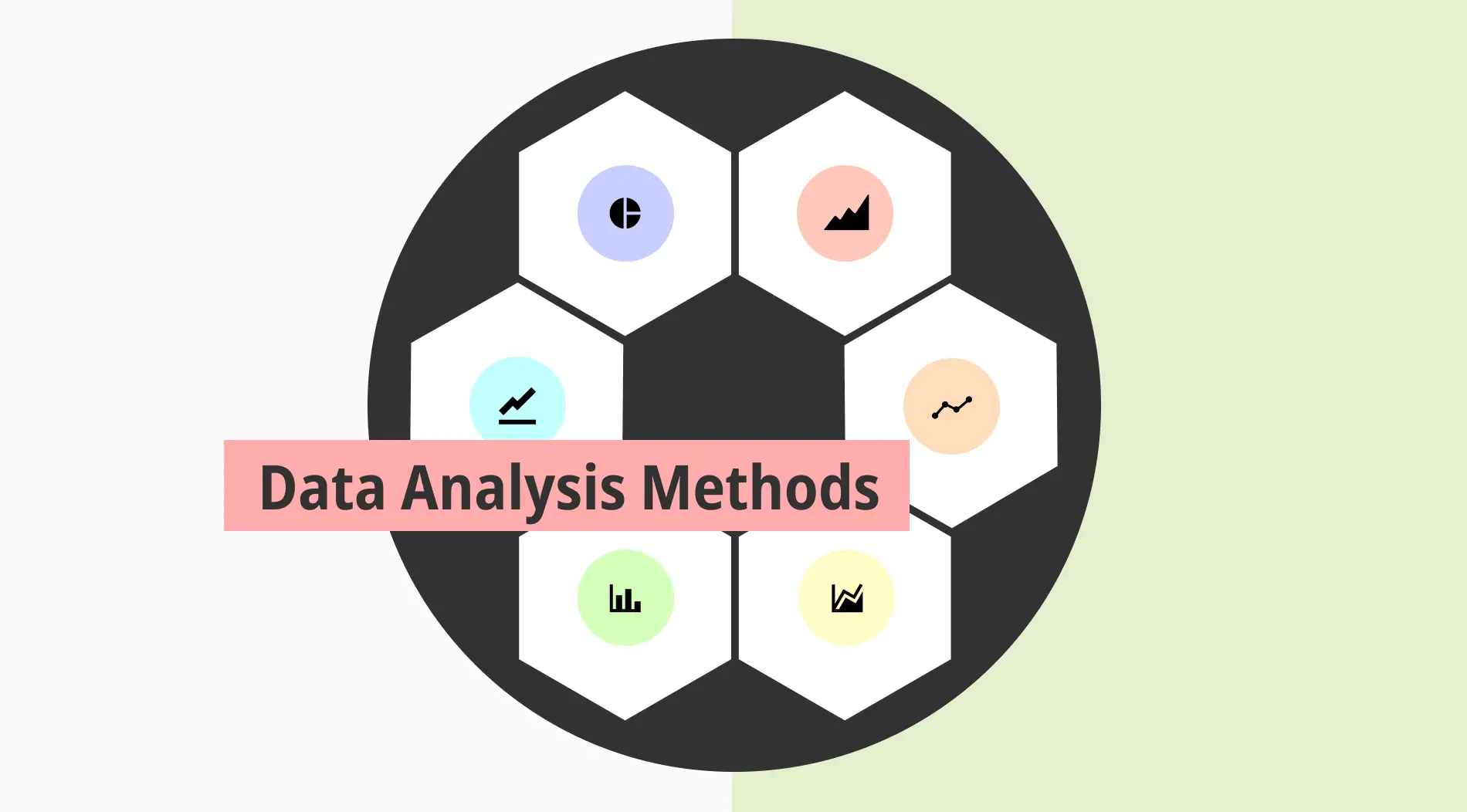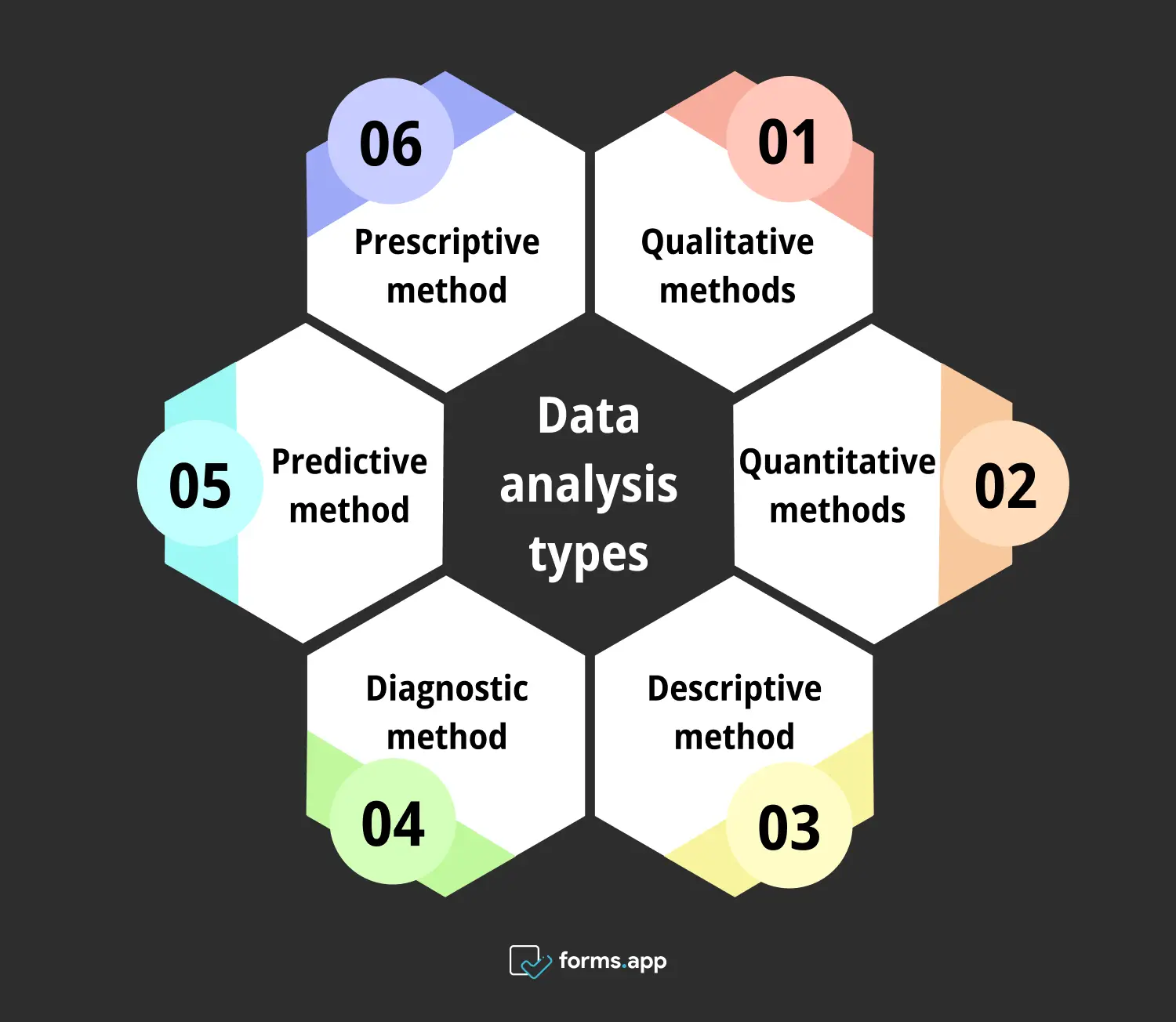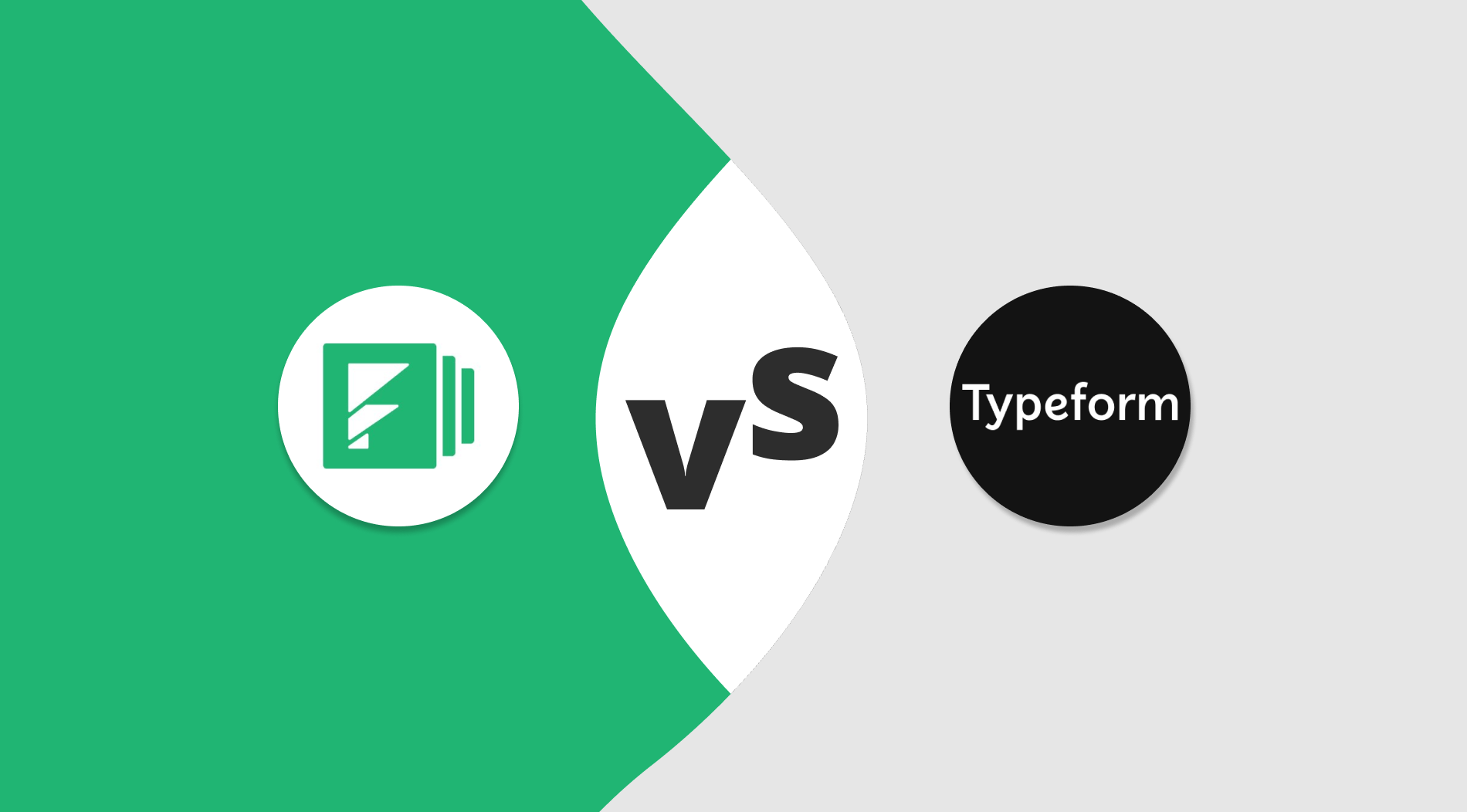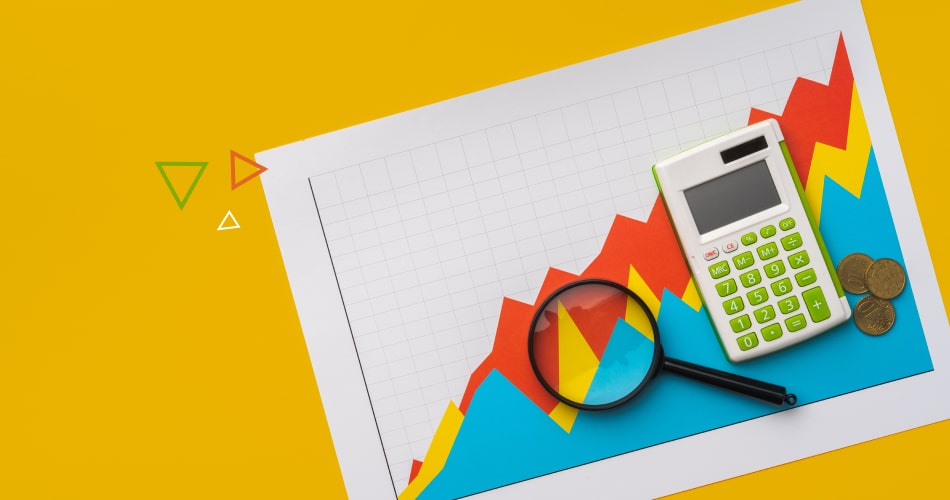
The data analysis process can initially seem daunting for those who are not experts in the field. However, with the right understanding of the nature of data analysis methods in qualitative research and quantitative explorations, you can navigate this process with confidence and control.
These methods vary greatly, from basic to complex, and this article will empower you with knowledge about them, showing how you can benefit from their application.
What is a data analysis method?

A data analysis method is a technique used to analyze any content systematically to derive insightful information.
All methods have a basic procedure one has to follow, such as gathering data, cleaning it, transforming it, and modeling it to reach an outcome. Some methods, like descriptive analysis, are basic, but some, like prescriptive analysis, are complex. However, there isn't such a thing as one being superior to the other because all methods have some usage in their own way.
When to use a data analysis method
The best time to perform data analysis is when the conditions and requirements are most suitable. In other words, the appropriate time may vary depending on your needs and available resources.
For example, important milestones for your business, such as when you want to open a new branch, launch a new product model, or enter a new market in another country, are perfect times to use analysis. Generally, you can utilize a data analysis method:
- When you want to test your hypotheses
- When you need a particular information to get into action
- When you want to see patterns and relationships between variables
- When you need data visualizations to inspect a situation thoroughly
Why to use a data analysis method
It may seem like an exaggeration to those who do not know the benefits of using data analysis methods in the most efficient way, but choosing a perfect method suitable for your research question will satisfy you in terms of results. If you are still not satisfied, here are a few reasons why you should use a data analysis method:
- To make informed decisions and to reach meaningful insights.
- To examine the data in detail and reveal valuable information, find patterns, and discover anomalies.
- To examine commercial activities and situations such as marketing, human resources, and logistics with evidence.
- To produce immediate solutions in emergency situations, such as risk management.
- To support, test, or challenge known information and findings.
Data analysis method types & examples
Your first step in understanding data is to choose the appropriate approach. These approaches have their own characteristics; some produce better results with numerical data, some with subjective data. The most common and basic data analysis methods in research are presented below so that you can decide which one to choose from this variety.

Types of data analysis
1. Qualitative methods
A qualitative analysis is used to reveal relationships, meanings, and patterns in non-numerical data. It is frequently used in areas such as sociology, psychology, and education, where numerical data is limited or impossible. Because of the intense examination of subjective thoughts, it discovers information that is not visible by focusing on sources such as transcripts, videos, and images. Common qualitative data analysis methods are:
- Thematic analysis, where you uncover recurring themes
- Content analysis, where you discover the existence of a specific content according to its numerical value
- Discourse analysis, where you investigate a speech/language usage to uncover communication and power dynamics
- Narrative analysis, where you get information directly from the experience of people
✏️ Example: Analyzing the political speeches of a country you will invest in is a possible research subject. In this way, you can learn what situations your business or organization may face in the short and long term.
2. Quantitative methods
A quantitative analysis is used to reveal relationships and patterns and measure variables using numerical data. The existence of numerical data (and directly proportional to the reliability of the data resources) allows analyses to produce results that are close to real-world situations.
Therefore, it is widely used in fields such as physics, chemistry, engineering, and economics, which require a lot of mathematics. Quantitative data analysis methods are diverse; the main ones are:
- Regression analysis, where you examine the relationship between dependent and independent variables
- Time series analysis, where you investigate a situation at specific time intervals
- Inferential statistics, where you reach a result through a population sample
✏️ Example: Analyzing monthly or seasonal sales data is a possible market research subject to predict future cloth sales trends. By using time series analysis, you can uncover seasonal patterns and understand the supply-demand situation.
3. Descriptive method
Descriptive analysis is basically used to summarize data for further usage. It helps you to understand the content of the data roughly. For this purpose, it reveals the salient features in the data by using various techniques: measures of central tendency (mean, median, mode) and dispersion (range, variance, standard deviation).
✏️ Example: It is especially suitable for summarizing numerical values so it can be used to prepare monthly sales reports and to measure students' academic success.
4. Diagnostic method
Diagnostic analysis is the data analysis you perform to find out the cause of a situation. It is perfect for learning the background of an event and detecting anomalies. To reveal patterns, it can be used to compare the differences between data sets and examine the correlation of variables.
✏️ Example: If you encounter a situation where sales suddenly drop or increase, you naturally want to know the reason. With diagnostic analysis, you can quickly examine the data and get to the root of the reason.
5. Predictive method
Predictive analysis is an advanced analysis method used to predict possible situations by examining historical data(situations that happened). Since predicting the future is a topic that many sectors care about, its application area is quite wide. It reveals patterns by using machine learning algorithms and statistical techniques and simulates the next steps accordingly.
✏️ Example: By examining the shopping habits of customers in the last year, you can use it to predict future customer churn and take precautions accordingly.
6. Prescriptive method
Prescriptive analysis is the most complex and final stage analysis method. Not only are future predictions made, but possible actions are also suggested. These data-driven decisions are made mainly by using artificial intelligence. Thus, the decision-making process works faster.
✏️ Example: If you support the recommended section of your online sales website or application with a machine learning algorithm, you can offer products that may interest your customers based on their shopping history.
Frequently asked questions about the data analysis methods
Data analysis is a vast sea, and its methods are scattered around it. So, all questions about data analysis methods can't be answered; however, here, you can find frequently asked questions about the data analysis methods.
Vous devriez suivre une série d'étapes pour analyser n'importe quelle donnée:
- Définir votre objectif de recherche
- Rassembler et nettoyer les données
- Explorer les données à l'aide d'analyses statistiques
- Sélectionner une méthode et l'appliquer
- Interpréter le résultat final
- Obtenir des informations exploitables
Vous pouvez utiliser différentes sources pour collecter des données:
1. Observations: La méthode la plus simple pour collecter des données est l'observation systématique. Elle est subjective et limitée dans ce qu'elle offre en termes d'informations observées. Cependant, les comportements qui émergent des observations naturelles offrent une opportunité plus puissante pour la découverte que les informations auto-déclarées telles que les enquêtes et les entretiens.
2. Entretiens: Dans cette approche, qui est généralement basée sur des questions-réponses en tête-à-tête, les déclarations des individus sont essentielles. Cela permet d'obtenir des informations psychologiques et sociologiques dans les cas où les observations sont insuffisantes, mais la taille de l'échantillon dans cette approche est assez petite et prend du temps.
3. Enquêtes: Les enquêtes qui peuvent être menées en face à face, en ligne ou sur papier vous permettent d'atteindre rapidement un grand nombre de personnes. Cependant, la préparation des enquêtes et la qualité des questions affectent la qualité des résultats, il est donc important de bien les préparer.
4. Documents: Tout document, livre, lettre, publication, tableau ou graphique lié à votre recherche est considéré comme un document et peut être utilisé pour l'analyse. Cela est particulièrement utile pour trouver des données historiques, mais la qualité du résultat varie en fonction du nombre de documents disponibles.
Chaque méthode d'analyse de données a ses propres techniques. Celles-ci varient en fonction du type de données et du but de la recherche. Par exemple, l'analyse descriptive utilise fréquemment des mesures de tendance centrale, des mesures de dispersion et des techniques de distribution de fréquence.
L'analyse exploratoire des données utilise des techniques telles que les diagrammes de dispersion, les statistiques sommaires et l'analyse de cluster. L'analyse prédictive, quant à elle, effectue une analyse en utilisant des techniques telles que l'analyse de séries temporelles, les modèles d'apprentissage automatique, les méthodes de prévision et les modèles de régression.
L'analyse de données est directement liée au type de données, et différentes approches sont utilisées en conséquence. La plus simple et la plus courante est l'analyse descriptive, qui fournit un résumé des données. Ensuite, des analyses plus complexes telles que l'inférentiel, l'exploratoire, le prédictif et le prescriptif peuvent être effectuées après l'analyse descriptive pour fournir plus de résultats et trouver des modèles.
Conclusion
In conclusion, data analysis methods are potent tools that help transform raw data into insight perfectly. Some of them allow for more comprehensive research, while others allow modest research. This article guides you in choosing the most suitable one among so many methods more easily. The article starts with the definition of the data analysis method and continues by explaining when and why you should use the methods.
Then, it provides you with information by explaining the methods of data analysis in research with examples. You have completely accessed the theoretical information with which you can perform data analysis!
Atakan is a content writer at forms.app. He likes to research various fields like history, sociology, and psychology. He knows English and Korean. His expertise lies in data analysis, data types, and methods.



 5 minutes de lecture
5 minutes de lecture

